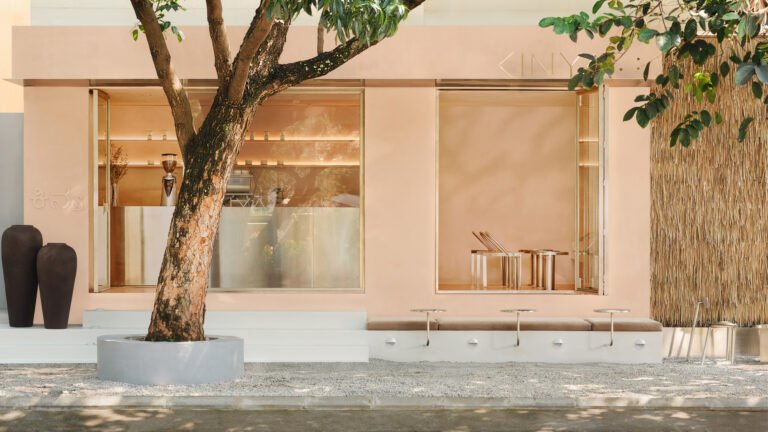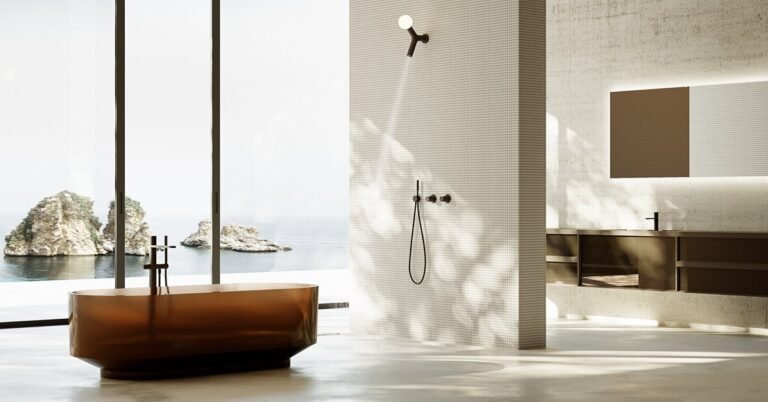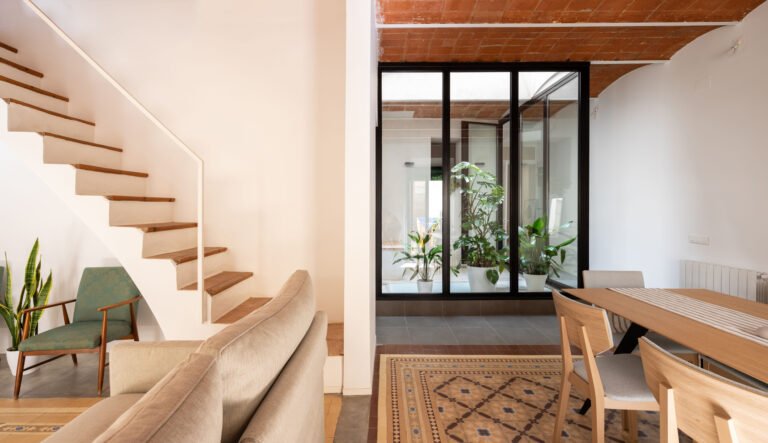Living on the Edge: Houses Adapted to Extreme Weather Conditions
Living on the Edge: Houses Adapted to Extreme Weather Conditions

In each region of the globe, vernacular constructions of the most varied kind emerged, whether buried underground, inside caves or even built with stones, wood and fabrics. Shelter solutions were based on available materials and weather conditions. The architecture arises from the development of these shelters, built to protect people from predators and the weather.
The construction solutions employed thousands of years ago have evolved and become increasingly complex but kept a common goal: dealing with the weather.
Extreme Cold
Glacial regions are the least populated areas on planet Earth. Our imagination automatically refers to snowfall and low temperatures when we think of extreme survival conditions. These regions can be mountainous or flat, with tall or grassy vegetation, but they all deal with the challenges of snow and low temperature. Therefore, the architecture of these regions not only needs to ensure that there is no loss of internal heat but also needs to consider heating systems to generate heat, using a lot of sunlight for that. In addition, its shape needs to consider the snow load, both to resist structurally and to avoid its concentration.
Inverted House / The Oslo School of Architecture and Design + Kengo Kuma & Associates

Alpine Cabin / Scott & Scott Architects

La Dacha Mountain Hut / DRAA

Extreme Heat
Despite the variety of types of deserts on the planet, in general, their main characteristic is extreme temperatures and large thermal amplitudes in short periods. In addition, deserts are generally dry and have little vegetation of larger sizes, which has led these regions to develop vernacular architectures based on building with earth or even semi-underground. In order to adapt to these regions, the architecture usually has thick walls and materials with high thermal inertia to preserve the internal temperature. In addition, the openings are kept as small as possible to prevent heat from escaping or entering.
Tejocote House / González Muchow Arquitectura

Mirai House of Arches / Sanjay Puri Architects

Villa Mayan / Afshin Khosravian and Associates

Heavy Rain
The tropical climate and its ecosystems are not a challenge when it comes to low or high temperatures, even less to snow or scorching sun. The vast vegetation, dominated by large trees with wide canopies, guarantees shade, while the topography and temperatures provide fresh water from rivers and streams. The challenge of living in this region is the storms, with rain and strong winds that can compromise any type of shelter. To adapt to these places, the architecture needs, on the one hand, to offer wind-resistant structures and roofs that direct rainwater, preventing flooding. On the other hand, the house must have passive ventilation and cooling solutions to ensure thermal comfort.
SaLo House / Patrick Dillon

Maison A / Nghia-Architect

House of Noufal / 3dor Concepts








